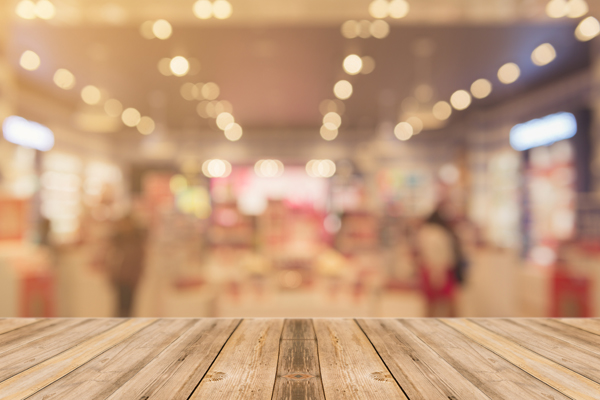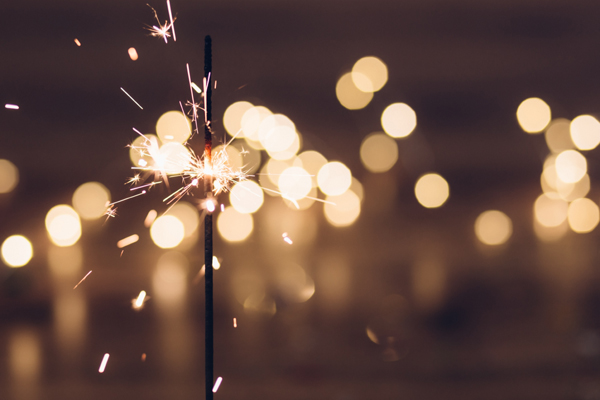Bokeh - What is that actually?
Bokeh is when the background of a photo is out of focus while the main subject in the foreground is very sharp and isolated from the background. It is thus brought more into focus in the shot. The background blurs in a way that is both elegant and atmospheric. The softer the bokeh and the more out-of-focus circles are visible, the more stylish the overall image is perceived to be.
Bokeh in practice: supports many types of subjects
Bokeh doesn't lend itself to shots where detail is important. Architectural photos or landscape images, for example, do not benefit from the intentional blurring. Instead, use bokeh whenever you want the main subject to be in the foreground without the background distracting from it. For example, use bokeh in these types of photography:
- Portrait photography (e.g. wedding photos, children, newborn shoots)
- Fashion photography
- Food photography (attractive presentation of food)
- all kinds of close-up photography (e.g. details in nature like flowers)
It's best to just try out different situations - you'll quickly find out when the technique is an asset. A portrait shot at night with a strong bokeh effect is a real eye-catcher, especially if you combine it with an attractive picture framen in classy black or silver.

How to create the bokeh effect
To achieve a great bokeh effect, there are several factors to consider:
- Camera: the larger the camera sensor, the greater the bokeh that can be achieved. It is most difficult with a compact camera, but it works better with a camera with an APS-C sensor. You are best equipped with a full-frame SLR camera.
- Lens: If you have the possibility to change the lens on your camera, prefer a telephoto lens to a wide-angle lens. The longer the focal length of the lens, the better. Fixed focal lengths around 300m are usually not affordable for non-professionals, but good results can also be achieved with a telephoto lens with 70 to 200mm focal length.
- Aperture: The aperture should be as wide open as possible - preferably at 1.4, 1.8 or 2.8. The wider the aperture is open, the blurrier the background will appear.
This doesn't mean you have to buy professional equipment right now. Affordable camera models can also achieve the bokeh effect - although perhaps with slightly less professional results.
Bokeh: How to create a blurred background with your camera
You can achieve the bokeh effect by making these adjustments:
- Select your camera's aperture priority (also: aperture priority, set to "A" on the dial). This allows you to decide for yourself how wide the aperture is opened - set a small value (e.g. 1.8).
- It doesn't necessarily have to be the widest aperture - this can reveal other weaknesses, such as blurring, a drop in contrast or even edge shading in the main subject. Test different settings to find the best compromise.

- If you cannot set the aperture individually on your camera, choose a subject program such as "Sport" or "Portrait".
- Make sure that the distance between your main subject and the background is as large as possible. This will increase the bokeh effect.
Tip: Make sure that there are bright points of light in the background, for example light reflections on water, metal, glass and other smooth surfaces, drops of water in which the light is refracted, lights at night. The typical blur circles for the bokeh effect form around these.
Is it possible to achieve the bokeh effect by image processing?
Even without a camera with the appropriate technology, you can get relatively close to the bokeh effect by using the functions of image editing software. First select the background (e.g. with a quick selection tool). Now blur the selected area. If your software offers this function, use the "lens blur" or "blur" to achieve more realistic images.
One thing you can be sure of, however, is that you will never achieve as beautiful a bokeh effect with simple image editing software as you will directly with a correctly adjusted camera. Therefore, it is best to try out different settings until you achieve the desired results.